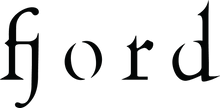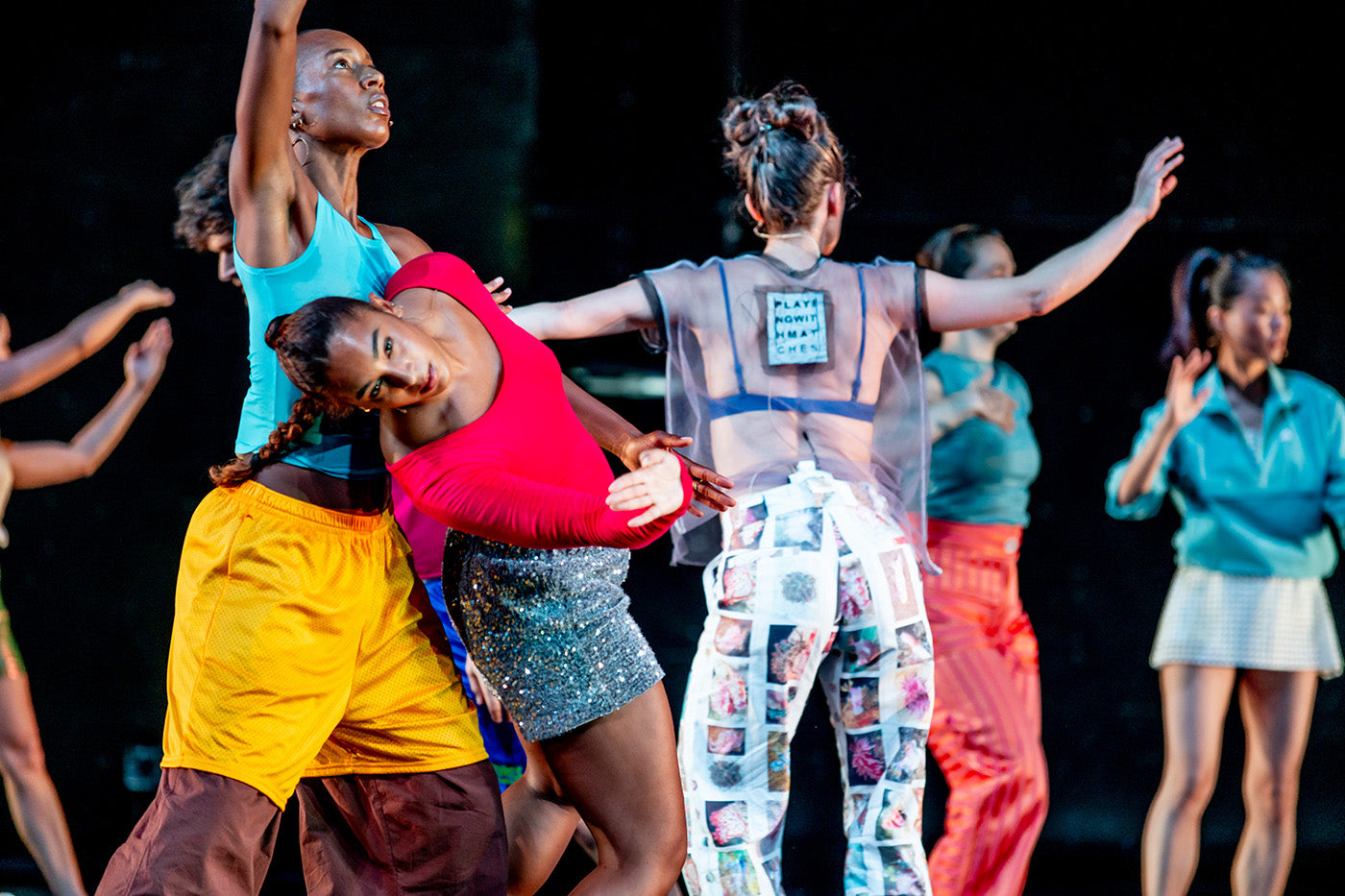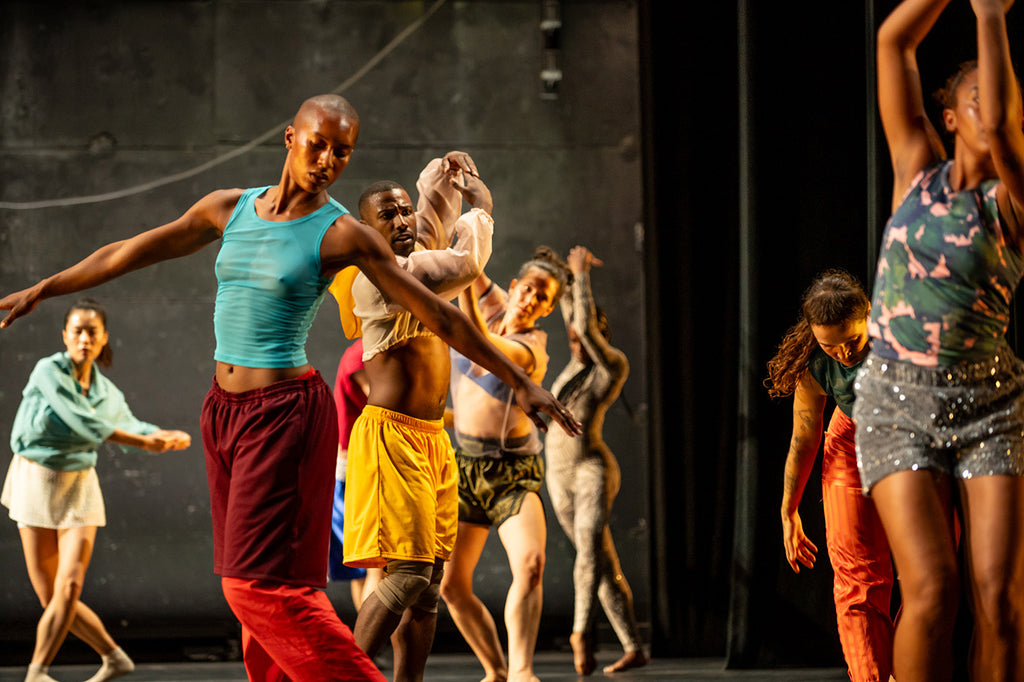Mitchell and Riener, who met while dancing with the Merce Cunningham Dance Company, work in a movement language that expands formal structures by guiding the dancers through investigations of shape, plane, and vector. This language makes every body part available for just about anything. Formal gestures of the arms and legs—Chaery Moon’s gleaming arabesque, Morgan Amirah Burns’s expansive second positions—channel through articulations of spines, ribs, hips, shoulders, hands, chins, and collarbones. Savannah Gaillard’s serene power sets off Jennifer Gonzalez’s writhing, livewire precision, which punctuates the work’s opening and closing. Each of the luminous performers—Gonzalez in particular—show a command of texture, tone, and speed that calls to mind both the pliancy of flesh and the sharp edges of machines.
Amid the shining certainty of these generous bodies, a sense of uncertainty girds every dimension of exploration in the destabilized, multiplied world of “Open Machine,” as the performers repeatedly ask, “Are you sure?” “How do you know?” “Can you check?” In a climate shot through with uncertainty—political, social, economic, technological—we may take as a model the unwavering curiosity that holds the microcosm of “Open Machine” together. Uncertainty and curiosity are, after all, at the root of all play.











comments